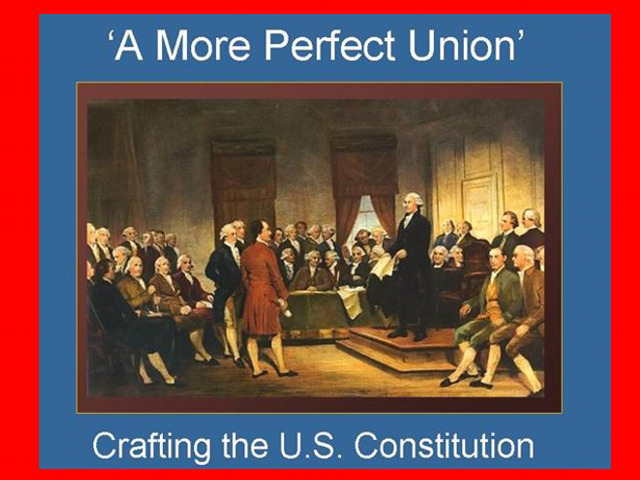About This Lesson
In this Constitution Day activity, students view a slideshow outlining events leading to the U.S. Constitution and participate in a discussion activity on "enduring questions."
Want more resources like this Constitution Day Activity?
Check out the Share My Lesson collection, Constitution Day Activities, or visit the Constitutional Rights Foundation.












Can't access the powerpoint- the site is not working